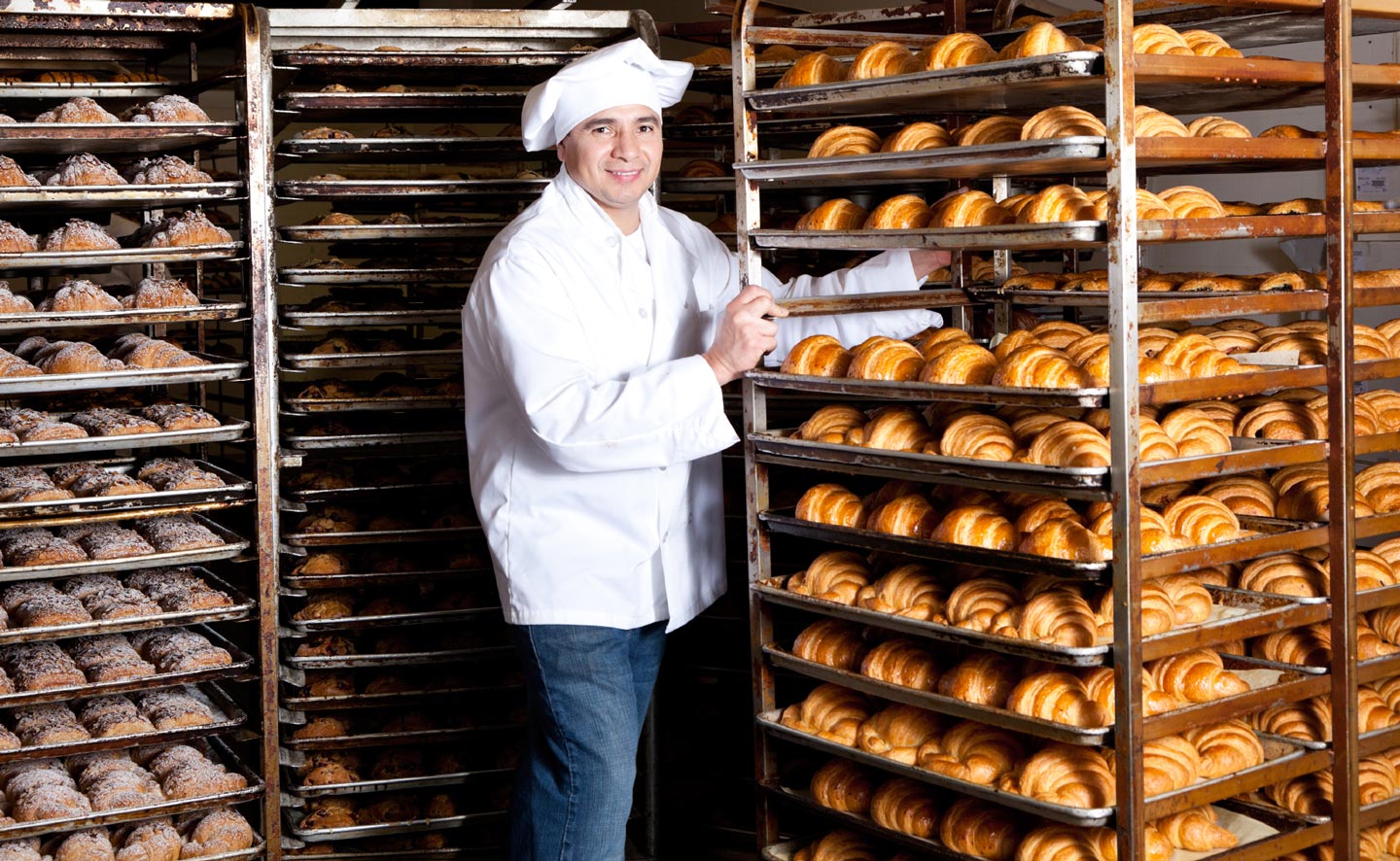
Industrial Food
Industrial Food Service Programs
Industrial clients involved in the production of food products or packaging are under strict operating guidelines and routine inspections. Facilities of this type are usually under the direct supervision of a state, federal, or USDA inspector who will require a well-documented pest management program. Central Exterminating Company can provide a detailed service logbook that will complement American Institute of Baking (AIB) guidelines. This program includes the specific placement of anchored tamper-resistant exterior bait stations, interior mechanical traps, and monitoring devices.
Rodents
Industrial clients, whether large or small, generally operate facilities that are susceptible to indoor rodent migration. Due to the proximity of open space, rail lines, or structural settings, rodent infestations can quickly develop. Monitoring and controlling rodents with mechanical traps or baited stations is a must. Central Exterminating Company can provide a cost-effective pest management program that will address rodent issues as well as ground-invading insects.
Integrated Pest Management (IPM)
Central Exterminating Company has been a pioneer of Integrated Pest Management (IPM) as a service philosophy and practice for the sensitive settings of industrial food services for over 20 years. We recognized years ago that reducing the reliance on regular pesticide spraying within this environment was best for everyone involved. The foundation of IPM relies on controlling a pest’s ability to enter the structure initially.
The Ohio Department of Agriculture (ODA), developed an IPM Standard in September of 2009 to ensure that this type of service program achieved satisfactory performance results by setting and reporting specific goals on the part of the client and pest control provider.
The Central Exterminating Company IPM Service Program involves:
- The initial inspection process to identify:
- Pest trends in the structure.
- The pest threshold/tolerance level is acceptable in the structure.
- Structural weaknesses in the facility allow pest entry.
- The recommended corrective action is taken, which involves maintaining the structure to exclude pest entry through methods such as:
- Insect monitoring traps
- Insect control baits and growth regulators
- Dust formulations for void-type applications
- Providing limited traditional pesticide applications only as needed.
- Follow-up inspections to verify the success of structural modifications.
- Re-evaluate pest trends to determine that pest control results have been successfully achieved.
The interior spraying of a traditional insecticide is reserved for special situations that fail to respond, in any reasonable amount of time, to bait or dust applications, or fail to control an infestation quickly to prevent disruption of the facility’s daily operations.
Logbook
A Central Exterminating Company Service Log Book is also available that contains:
- Electronic Fly Control Trap Location Map (if applicable)
- Pesticide Label/SDS Sheets
- General Liability and Fleet Insurance Certificate
- Technician and Manager Ohio Applicator Licenses
- Sanitation Log Report Form
- Annual Service Certificate
- Rodent Station Location Map
- Bar Code Scanning Report (if applicable)
Contact us today so we can create a plan to fit your needs!